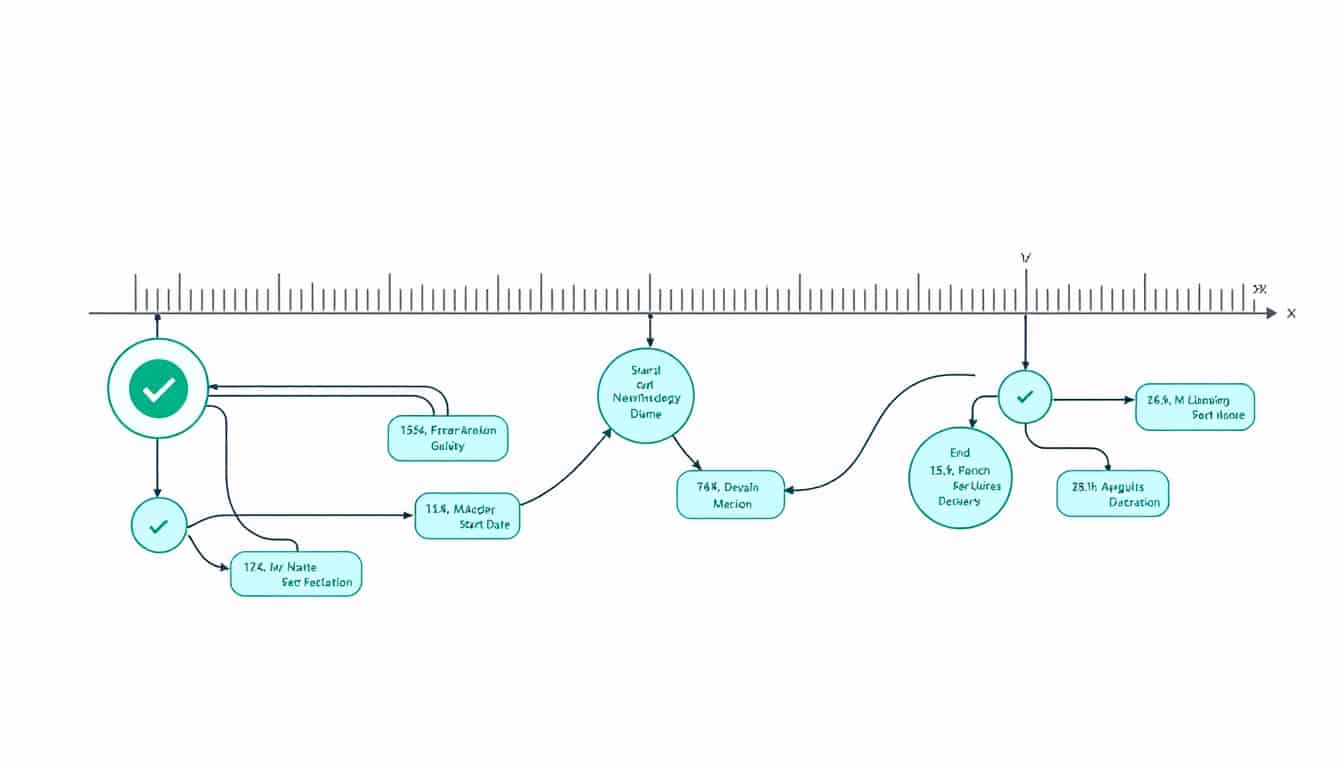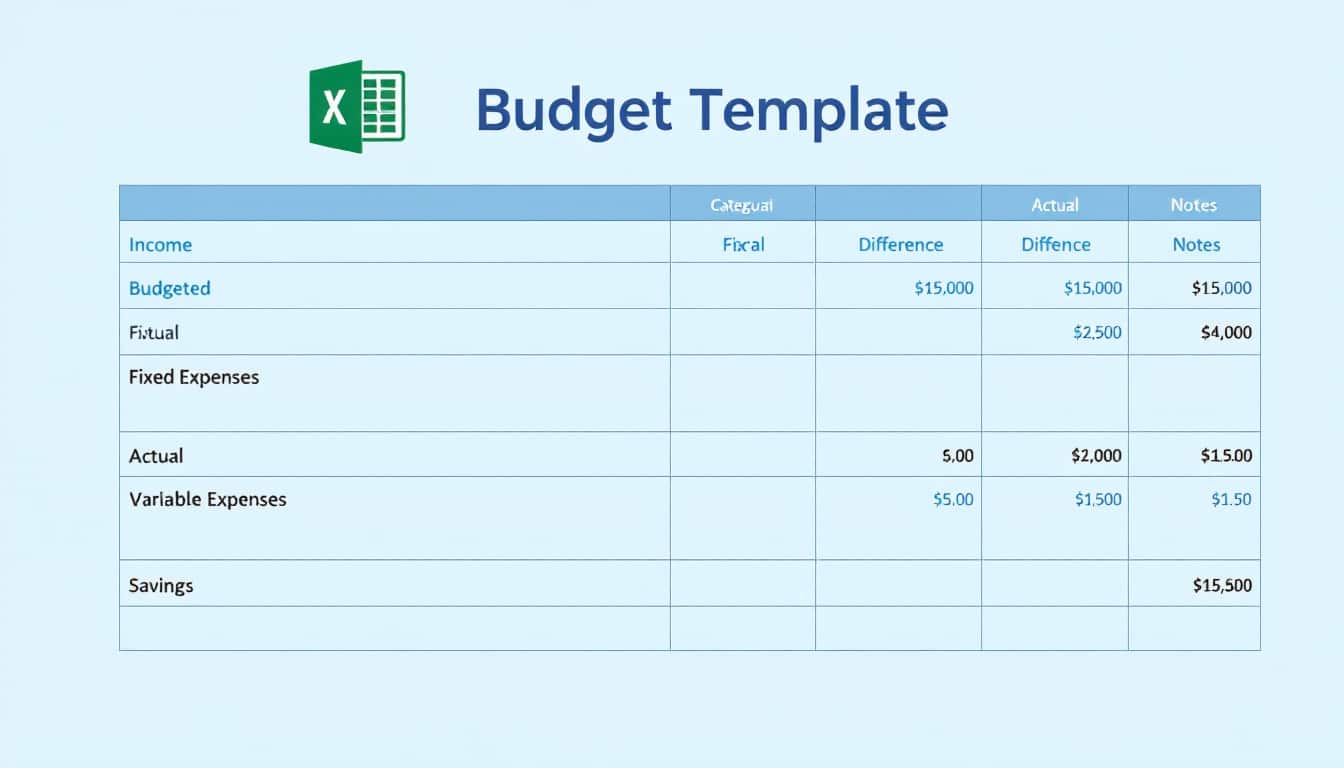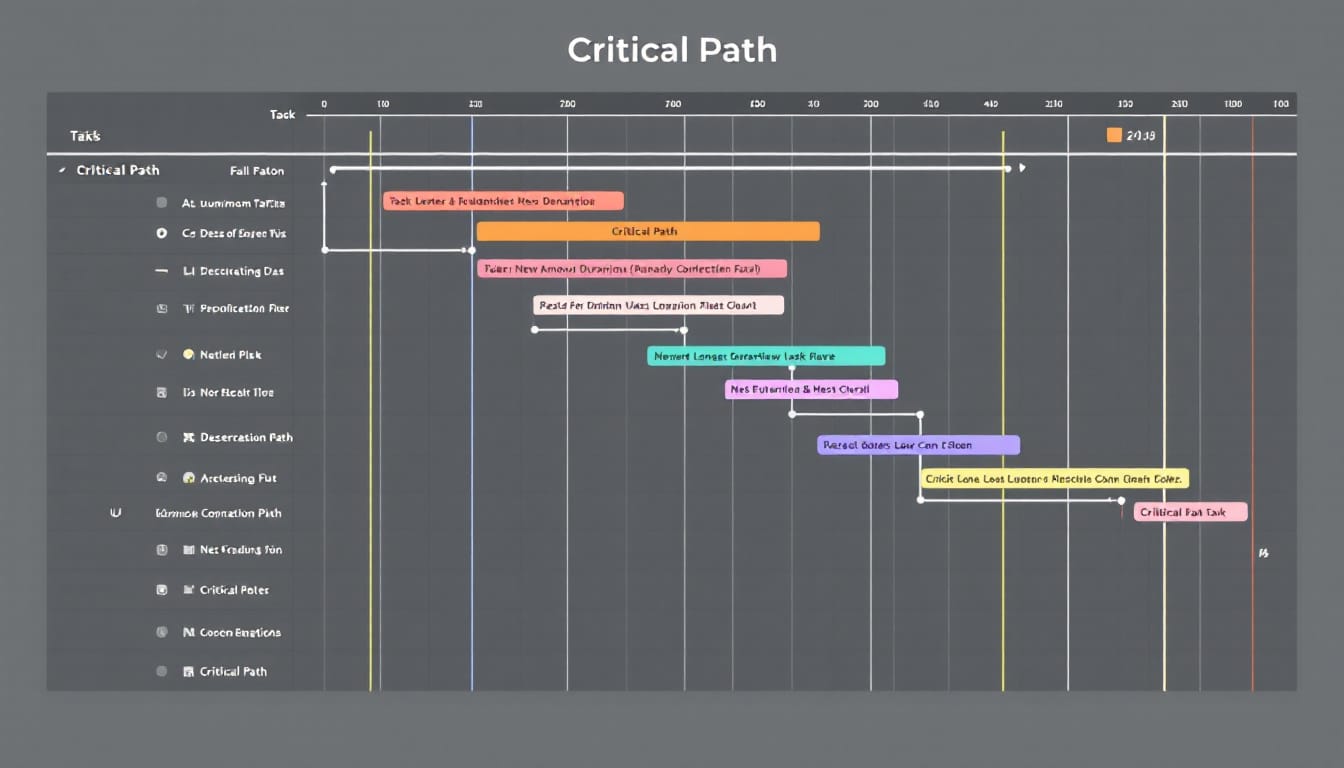Project management is crucial for the success of modern businesses. Microsoft offers a wide range of tools to meet this need. Choosing the right software can, however, prove to be complex.
🔥 Nous recommandons Ideamap
Ideamap est l’outil idéal pour un brainstorming ou un projet collaboratif. Grâce son interface facile et à ses fonctions IA, Ideamap booste votre créativité tout en favorisant une meilleure organisation de vos idées pour atteindre vos objectifs.
Discover in this article the 10 project management software developed by Microsoft. Each tool is detailed to help you determine which one best fits your organizational needs and specific projects.
Microsoft’s comprehensive solutions for project management
Microsoft offers robust and comprehensive solutions for large-scale project management. Among these, Microsoft Project Standard and Microsoft Project Professional stand out for their advanced features and tight integration with the Microsoft ecosystem.

Microsoft Project Standard: a solid foundation for small projects
Microsoft Project Standard is a desktop application designed to help project managers plan, execute, and track their initiatives. With its Gantt charts and resource management tools, it allows for detailed task organization and effective allocation of available resources. It integrates seamlessly with Microsoft Office, thus facilitating data import and export between different applications.
However, its main disadvantage lies in its limited access. Being reserved for desktop use, it does not support real-time collaboration, which can hinder team dynamics, especially in hybrid or remote work environments. For more details, see this in-depth analysis.
Microsoft Project Professional: for large teams
Aimed at professionals and large teams, Microsoft Project Professional extends the features of the Standard version by offering real-time collaborative tools and integration with Project Server and Project Online. This version allows for more sophisticated resource management, covering multiple projects simultaneously, and provides advanced reports as well as visual dashboards that facilitate decision-making.
Despite these advantages, its high cost and steep learning curve can pose obstacles for some organizations, especially small businesses that may not need as many features or may not have the resources to properly train their teams. For a detailed comparison, visit our complete comparison.
Integrated and collaborative tools from Microsoft
Microsoft is not limited to comprehensive project management solutions. It also offers lighter and integrated tools that can complement or even replace certain features of large project management software.

Microsoft Planner: simplicity and efficiency in daily tasks
Microsoft Planner is a task management application that integrates well with Microsoft Teams and Microsoft To Do. It allows the creation of visual task boards where teams can organize, assign, and track the different stages of a project. With its visual graphics, it is easy to monitor progress and reorganize priorities based on needs.
Its ease of use makes it an ideal tool for teams looking for a quick and intuitive solution for task management. However, Microsoft Planner lacks some advanced features such as Gantt charts or detailed resource management, making it less suitable for complex projects requiring in-depth planning.
Microsoft Teams: a centralized collaboration hub
Microsoft Teams serves as a central platform for communication and collaboration within project teams. It allows for online meetings, file sharing, and communication via instant messaging. Integrated with Microsoft SharePoint, Microsoft OneNote, and other tools in the ecosystem, Teams facilitates information sharing and coordination of efforts.
However, for a more structured project management, it is often necessary to pair it with dedicated tools like Microsoft Planner or Microsoft Project. This can incur additional costs and increase complexity in managing the various platforms. To learn more about possible integrations, refer to Microsoft’s official resources.
Advanced solutions for collaborative project management
Microsoft also offers advanced solutions for organizations requiring collaborative and integrated project management at a large scale.
Microsoft Project Online: flexibility and accessibility
Microsoft Project Online is a cloud-based solution that allows teams to manage their projects from anywhere, offering great flexibility and increased accessibility. It includes portfolio management features, allowing projects to be prioritized based on the organization’s strategic goals.
Thanks to its integration with Microsoft Power Automate, Project Online automates many processes, reducing repetitive tasks and increasing the overall efficiency of project management. However, its high cost and the complexity of some features can represent challenges, especially for organizations without a robust IT infrastructure.
Microsoft Project Server: large-scale management
Designed for large enterprises, Microsoft Project Server offers project management capabilities at the organizational scale. It allows for increased resource coordination and centralized project management, ensuring that initiatives are aligned with the company’s overall objectives.
The setup and maintenance of Project Server require a significant IT infrastructure, as well as thorough user training, making its adoption costly and complex for small and medium enterprises. For a detailed analysis, visit our detailed comparison.
Complementary tools and alternatives to Microsoft for project management
Although Microsoft’s project management tools are powerful, they may not be suitable for all organizations. Alternatives, such as ProjectManager, offer a more affordable, simplified, and collaborative approach to project management.

ProjectManager: an effective alternative
Compared to Microsoft solutions, ProjectManager stands out for its more competitive pricing, ease of use, and collaborative features. By offering multiple project views such as automatically updating Gantt charts, Kanban boards, calendars, and task lists, ProjectManager allows for flexible and real-time project management.
Moreover, it is accessible from any device connected to the Internet, including Macs and iOS or Android mobiles, offering a flexibility that Microsoft Teams or Project cannot match. Easy integration with Microsoft tools such as Excel and Microsoft Project allows for seamless data migration without compromising collaboration and productivity. To discover all the features, check our complete guide.
Additional integrations with other tools
For those seeking enriched project management, Microsoft also offers Microsoft OneNote for note-taking and documentation, Microsoft Visio for diagram creation, and Microsoft Azure DevOps for software development teams.
These integrations enhance the capabilities of Microsoft project management tools but can also add an additional layer of complexity. It is crucial to assess your organization’s specific needs before choosing a combination of tools that will optimize your efficiency and collaboration.
Comparison and final choice: which solution for your organization?
The choice of the right project management tool primarily depends on the specific needs of your organization, the size of your teams, and the type of projects you manage. If you are looking for a complete solution with advanced features and deep integration with Microsoft products, Microsoft Project Professional or Project Online may be the best options.
On the other hand, if simplicity, real-time collaboration, and cost are priority factors, alternatives like ProjectManager offer significant added value without the complications associated with Microsoft solutions. For a comparative overview of the best project management tools, feel free to check this detailed article.
Addressing diverse needs with Microsoft’s multiple offerings
Microsoft strives to cover a wide range of project management needs by offering several tools tailored to different industries and working methods. Applications like Microsoft Power Automate allow the automation of repetitive tasks, while Microsoft SharePoint facilitates document sharing and collaboration within teams.
The importance of choosing a solution that integrates seamlessly with your existing workflow cannot be overstated. By exploring the various options available, you can select the project management tool that not only meets your current requirements but can also evolve with your organization’s growth.
The challenges and advantages of Microsoft tools in project management
The use of Microsoft project management tools presents both significant challenges and advantages. Among the advantages are a seamless integration with other Microsoft products, robust features for detailed and complex management, and proven reliability within large enterprises.
Conversely, the complexity and high cost of some solutions may pose problems for small businesses or those with limited resources. The learning curve associated with tools such as Microsoft Project Professional often requires dedicated training, which can represent an additional investment in time and money.
The impact on collaboration and productivity
The integration of various Microsoft tools allows for smooth collaboration and better information management, which can significantly enhance team productivity. However, the multiplicity of applications required for comprehensive project management can lead to tool fragmentation, making overall management more complex and costly.
To maximize benefits while minimizing challenges, it is essential to adopt a strategic approach in selecting and using project management tools. Opting for integrated solutions or simpler alternatives, like ProjectManager, can provide an effective compromise between features and ease of use.














